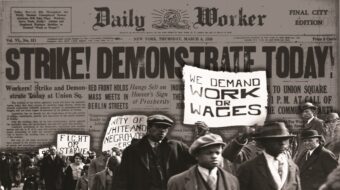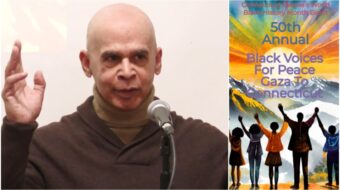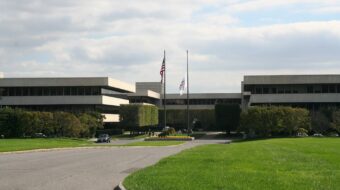Today’s release of government unemployment figures was an unpleasant surprise for everyone as they showed that no economic recovery has yet been solidified.
The adding of 120,000 jobs in March was less than half the average rate of the three months prior to that.
Although the official unemployment rate ticked down by one-tenth of a percent to 8.2 percent, it was due to people dropping out of the labor force not an increase in the share of the working age population with jobs.
Employment grew in March in manufacturing, food and drink service establishments and health care, but was down in retail.
In March 12.7 million workers remained officially jobless, including 5.3 million who have been out of work for 27 weeks or more.
“Far too many men and women who want to work still cannot find good jobs,” said AFL-CIO President Richard Trumka.
“We simply cannot afford to double down on the failed economic policies that caused the Great Recession, which is what the budget plan passed by the Republican House majority would do,” said Trumka. “Paul Ryan should answer to how he justifies slashing Social Security and Medicare at a time when we instead need to build a strong middle class.
“Our priority must be making sure that everyone who wants to work can get a job and on investing in our future, from infrastructure to education to retirement security and more.”
Unemployment rates for different race, ethnic and age groups changed little in March and continued to show big gaps, with 7.3 percent of white workers out of jobs, compared with 14 percent of African Americans and 10.3 percent of Latinos. Teenagers had a jobless rate of 25 percent.
It is public-sector job losses that are causing enormous drag on the recovery.
Since the “recovery” officially began in June 2009, private sector jobs are up close to 3 million, but public-sector jobs (the combined employment in federal, state and local governments) are down by almost 600,000.












Comments